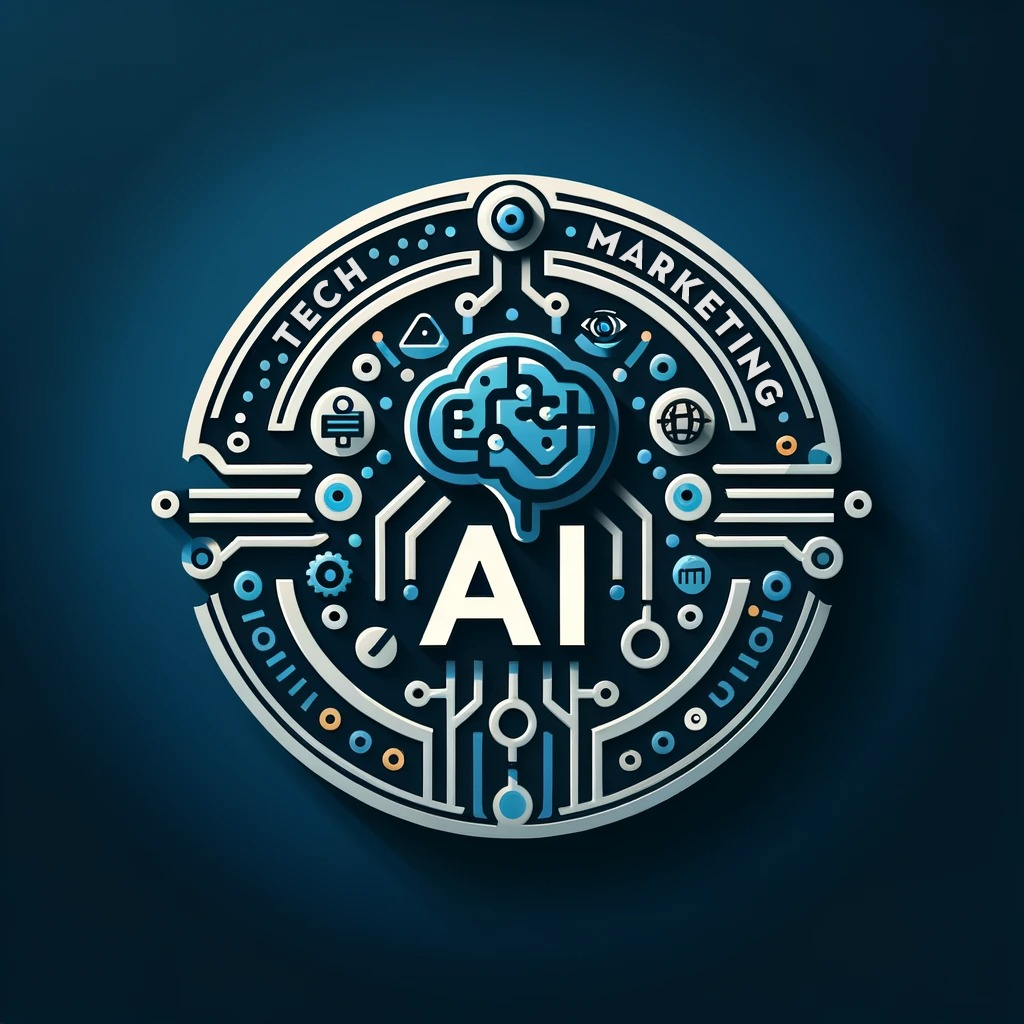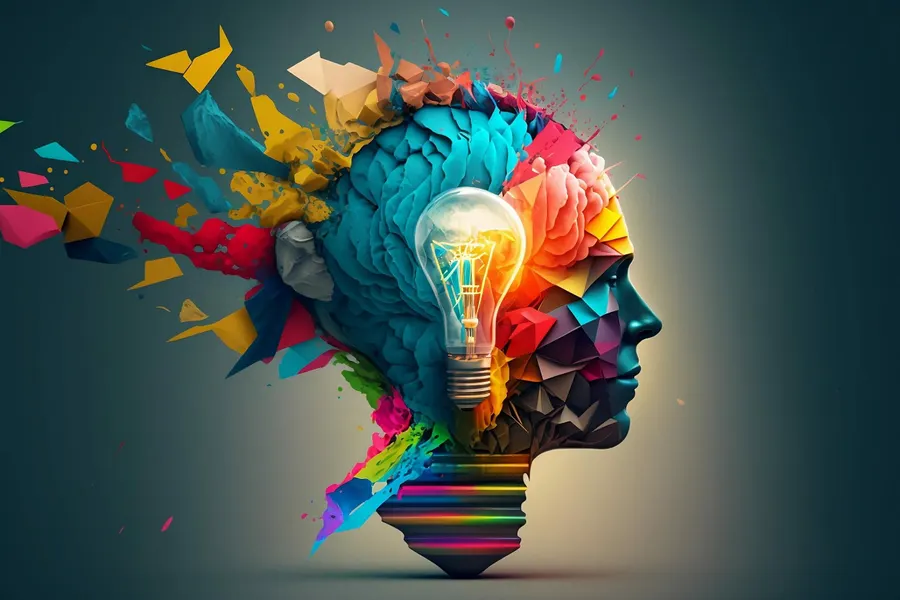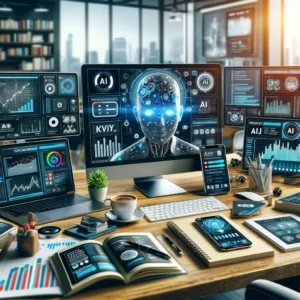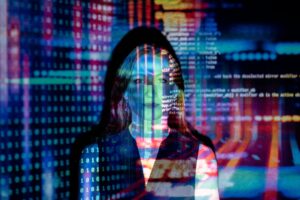In the rapidly evolving digital world, artificial intelligence (AI) has made its mark across industries—from healthcare and finance to education and entertainment. But one of the most fascinating areas where AI has begun to show remarkable influence is in creativity.
Can machines genuinely be creative? Or are they simply mimicking patterns derived from human input? This question has become central to debates among technologists, artists, philosophers, and AI developers. In this blog, we dive into the heart of the matter to explore the intersection of AI and human creativity, its potential, its limitations, and what the future might hold.
What Is Creativity, Really?
Before diving into whether AI can be creative, we need to define what creativity is. Creativity is often described as the ability to produce something new, original, and valuable. It requires not only generating new ideas but doing so in a meaningful, emotionally resonant, or problem-solving way. It’s a blend of imagination, intuition, experience, and sometimes even chaos.
Humans draw from memories, emotions, experiences, and culture to create. This holistic blend often gives birth to breathtaking art, soul-stirring music, and groundbreaking innovations.
How AI Creates: The Power Behind the Process
AI doesn’t have memories or emotions in the way humans do. Instead, AI models like GPT-4, DALL·E, Midjourney, and Stable Diffusion use complex algorithms, large datasets, and machine learning techniques to generate content. They learn patterns, language structures, color theory, musical notes, and much more from the data they are trained on.
Key Technologies Powering AI Creativity:
- Natural Language Processing (NLP) – Powers chatbots, story generators, content writers.
- Generative Adversarial Networks (GANs) – Used to create realistic images, artwork, and videos.
- Neural Style Transfer – Enables AI to replicate an artist’s style onto a new image.
- Transformer Models – Foundation for creative writing, coding, and music generation.
The result? AI can now write poetry, compose symphonies, paint surreal art, and even design buildings.
Examples of AI in Creative Fields
Let’s look at how AI is already reshaping the creative world.
🎨 Visual Art:
Tools like DALL·E 3, Runway ML, and Artbreeder are producing artwork that could easily hang in a modern gallery. AI artists like “AI Gahaku” can recreate portraits in Renaissance style.
✍️ Writing:
AI can now draft articles, write poetry, and even script movies. Some novels have even been partially written by AI. GPT-4 and Jasper.ai are prime examples.
🎶 Music:
AI platforms like Amper Music, Aiva, and Jukebox by OpenAI can generate music in different genres, complete with instruments and vocals.
👗 Fashion & Design:
AI tools assist in predicting fashion trends, designing clothes, and generating innovative design ideas with 3D modeling.
Is This Real Creativity or Sophisticated Mimicry?
This is the burning question. Many experts argue that what AI does is not true creativity, but replication and remixing.
Here’s why:
- Lack of Intent: AI doesn’t have goals or emotions. It doesn’t decide to “express a feeling” through art.
- Dependence on Data: All AI-generated content is based on data it has seen. It cannot innovate beyond the patterns it has learned.
- No Self-Awareness: AI doesn’t understand its output. A robot can create a painting, but it doesn’t understand beauty.
That said, the output can still be original and valuable, which meets some definitions of creativity. This leads to a fascinating idea: Can machines be creative without being conscious?
AI and Human Collaboration: The Rise of the “Centaur Creator”
Many artists, writers, and designers are not worried about being replaced by AI. Instead, they are embracing AI as a creative partner.
This is where the idea of a “centaur creator” comes in—a human using AI tools to enhance creativity.
Benefits of AI-Human Collaboration:
- Speeds up brainstorming and prototyping.
- Pushes boundaries by suggesting unexpected combinations.
- Enables people with no technical skills to express ideas creatively.
AI becomes the paintbrush, not the painter. It is a tool to be wielded by human imagination.
Creative Industries Are Already Evolving
In Marketing:
AI tools generate ad copy, product descriptions, and even video scripts, all personalized and optimized for SEO.
In Film & Gaming:
AI helps in visual effects, scene planning, background scoring, and even character creation in video games.
In Education:
AI is helping students learn creative writing, music theory, and design with tailored feedback.
Challenges and Ethical Concerns
As with any powerful tool, AI creativity brings its own challenges:
🔒 Copyright Infringement:
Is AI art stealing from the artists it was trained on? Laws are still evolving to handle this gray area.
⚖️ Job Displacement:
As AI takes over certain creative tasks, some fear loss of jobs in content creation, design, and writing.
🤖 Authenticity Crisis:
Will audiences be able to tell if a painting, song, or story was created by a human or an algorithm?
🧠 Emotional Disconnect:
AI lacks genuine emotional depth. It can mimic sadness or joy but doesn’t feel it. Is that enough?
The Future of Creativity: Symbiosis, Not Supremacy
Rather than framing it as a battle between man and machine, many believe the future of creativity lies in symbiosis. AI won’t replace artists; it will empower them.
Imagine an artist using AI to prototype dozens of ideas in minutes. A filmmaker using AI to test color grading. A writer co-authoring with an AI that suggests creative plot twists.
This partnership can lead to new art forms, previously unimaginable styles, and revolutionary user experiences.
Conclusion: Machines Can Be Creative — But Only With Us
AI has the power to generate remarkable, novel, and beautiful works of art. But true creativity, as we know it, still lies within human intention, emotion, and consciousness.
Machines can mimic human artistry impressively, and they can even surpass us in speed and scope. But the spark of originality, the desire to express, and the understanding of meaning—those still belong to us.
As we look ahead, the most powerful creative force may not be AI or humans alone, but what happens when the two work in harmony.




